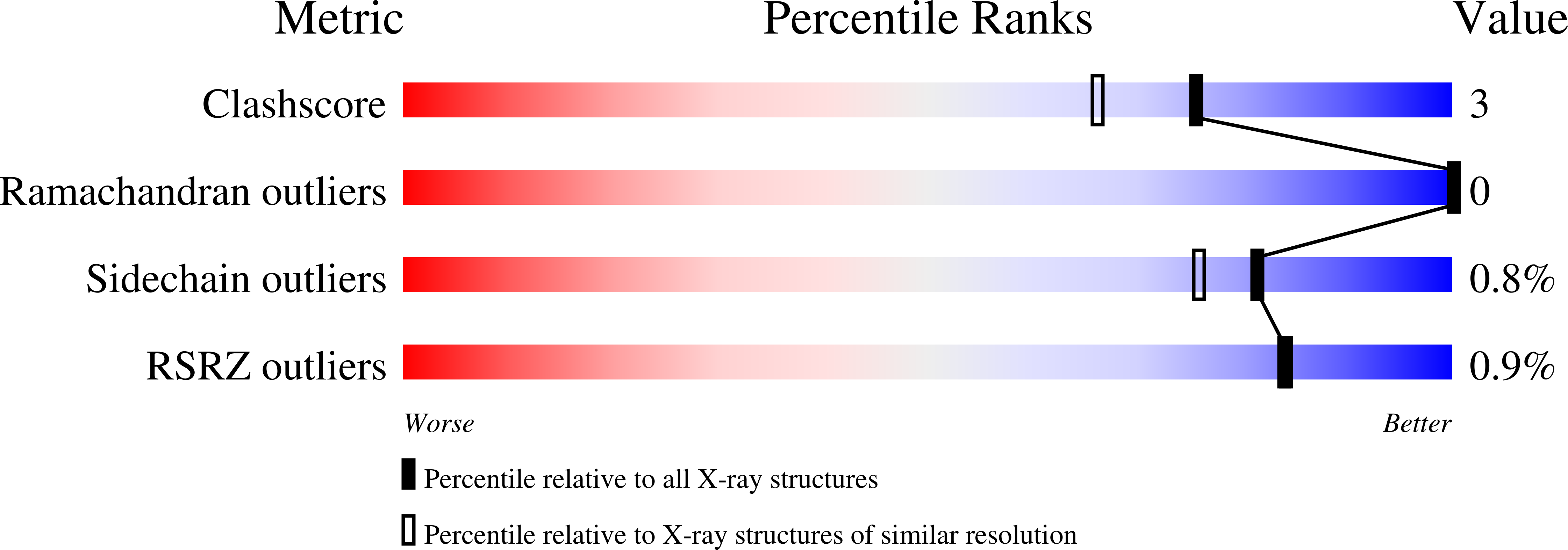
Deposition Date
2023-01-03
Release Date
2023-08-30
Last Version Date
2025-07-23
Entry Detail
Biological Source:
Source Organism:
uncultured bacterium (Taxon ID: 77133)
Host Organism:
Method Details:
Experimental Method:
Resolution:
1.86 Å
R-Value Free:
0.19
R-Value Work:
0.16
R-Value Observed:
0.16
Space Group:
P 21 21 21


